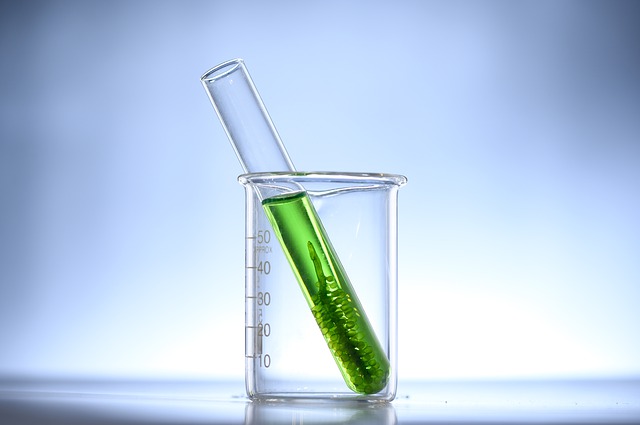ALGAE BLOOM – FAQ

Below is some information that might be helpful, with respect to the recent Algae Bloom and resulting contamination of the water supply to Toledo, Ohio: “…Cyanobacterial cells range in size from 0.5-1 μm to 40 μm in diameter…” In other words, it's a long skinny bacteria.
Reference:http://huey.colorado.edu/cyanobacteria/about/cyanobacteria.php
Internet research seems to indicate that cyanobacteria are even larger, typically on the scale of 150 micrometers in size. While we have not tested the specific microbes associated with Algae Blooms, we have tested other pathogenic bacteria and two viruses, which are a small fraction of the size of these microbes.
To understand the difference between the size of pathogenic bacteria and viruses, we suggest the following web link as it will give you a great visual of the The University of Utah Cell Size and Scale Chart: http://learn.genetics.utah.edu/content/cells/scale/
Slide the scale at the bottom to see the size of virus vs bacteria vs other potential contaminates and magnify to greater levels. Black Berkey™ purification elements have been tested to remove both pathogenic bacteria and viruses to greater than the EPA purification standards. This suggests that larger bacteria, such as cyanobacteria, should also be effectively removed. Without test data on that specific microbe however, NMCL does not make that specific claim. The MS-2 virus is 24-26 nm in size. The Fr Coliphage virus is 25nm in size
In other words, they are over 1,000 times smaller than Cyanobateria. Additionally Microcystins, which are the chemical contaminates resulting from cyanobacteria are an organic chemical. Testing of Black Berkey™ elements has demonstrated they are extremely efficient at removing organic chemicals.
The EPA defines Microcystins as: “…toxins produced by cyanobacteria. Cyanobacteria are also known as blue-green algae and are ubiquitous in surface water when conditions are favorable for growth and formation of algal blooms. Cyanobacteria release toxins upon cell death or lysis. When released, toxins may persist for weeks to months.
Toxins of most concern are microcystins. Microcystins take their name from the genera Microcystis. Most microcystins are hepatotoxins (liver toxins). Hepatotoxins are produced by species of the genera Microcystis, Anabena, Nodularia, Oscillatoria among others. Most microcystins are associated with Microcystis aeruginosa. While the liver is the primary target of microcystins, it is also a skin, eye and throat irritant…” Reference: http://iaspub.epa.gov/tdb/pages/contaminant/contaminantOverview.do?contaminantId=-1336577584
Further, the EPA states that: “…The following processes are considered effective for the removal/oxidation of microcystin:…. powdered activated carbon (up to 100% for some microcystins but less so for others), granular activated carbon (time-dependent from 100% near start up to 38 to 73% at 3.5 months…” Reference: http://iaspub.epa.gov/tdb/pages/contaminant/contaminantOverview.do?contaminantId=-1336577584
Finally, the EPA states that: “…Removal of total microcystins, M-LR, and M-LA, in water by granular activated carbon (GAC) can be very effective where the effectiveness is based on the empty bed contact time, the carbon's age, and possible biodegradation of the toxin. Time-dependent monitoring in a full-scale plant ranged 43 to 60 percent removal for M-LR. Time-dependent monitoring in pilot-scale studies ranged from greater than 99 percent at one month to 73 percent at 3.5 months for M-LR, and from greater than 99 percent at one month to 38 percent at 3.5 months for M-LA…” Reference: http://iaspub.epa.gov/tdb/pages/contaminant/contaminantOverview.do?contaminantId=-1336577584
Based upon the above Internet research, Black Berkey™ element microbe and organic chemical removal test data and the information provided by the EPA in their reference material cited above; these all suggest that Berkey® water purification systems should be extremely effective at removing and reducing contaminates resulting from the current algae bloom. NMCL also highly recommends that whenever possible, the cleanest source water available should always be utilized.







The problem is not the cyanobacteria. That is easily filtered out. The problems are the toxins leaching into the water from the cells of the cyanobacteria. They are chemical elements..a collection of atoms. That is why Berkey filters and the like catch some but not all VOCs. If you know what is contaminating the water, it gets easier to catch. There isn’t a great catch-all method.